Sorghum is from the genus of herbaceous plants of the family Poaceae. The genus includes 60-70 species of wild plants, and many domesticated species and even more hybrids and varieties.
Sorghum is a tropical plant that originated in Africa, and later spread to southern Europe. Often referred to as "corn resistant to drought. " Sorghum has less foliage, which makes it suitable for growing in very dry areas.
Sorghum is characterized by a strong root system, which explains its drought tolerance. Leaves and stems are covered with a waxy coating. The stem has nodes and internodes, you meet two types of sorghum - stems to a height of 2-5 feet and lower legs - up to 1.5 meters. The leaves are thin, with a small length of the stomata, which are closed in a drought and re-open when the plant regains turgor.
Sorghum is one of the oldest cultivated plants, but there is no information consensus as to its origin. According to some researchers, it’s native to India, others - Equatorial Africa, and according to others - China.

Growing sorghum
Good precursors for growing sorghum are winter and spring wheat plants with fused surface. However, sorghum likes dry soil, which makes it a bad precursor of winter wheat. Immediately after harvesting the precursor should be carried out, you should be plowing the soil to a depth of 20-25 cm
Sowing soil begins with spring, while you cultivate a depth of 12 cm before sowing it, a second cultivation with depth of 6-8 cm is best to do, because the seeds of sorghum are small and sown at a shallow depth.
Sorghum responds well to fertilization. Has the largest effect of nitrogen fertilization. The plant is sown in late April and early May. Should be in rows with spacing of 60-70 cm
Sorghum harvest is done at technical maturity when grain reaches typical of the hybrid color and humidity around 14-15%. Normally harvesting is done during the months of September-October. Long-term storage of grain is accompanied by humidity of 13%. Ordinary sorghum is harvested at maturity like sugar - Phase wax maturity.
Composition of sorghum
Nutritional values of sorghum are very similar to those of maize. Since 1990, all hybrids in Europe are with 0% content of tannins. Studies show that sorghum contains more starch and protein and less fat, when compared to corn.
Types of sorghum
Grain sorghum - sorghum variety that has very high productive capacity. Modern hybrids give about 800 kg / ha.

Sugar sorghum - Syrup of this sorghum can not ferment, but it is a good raw material for sweetener.
Technical sorghum - Widely used for making brooms. Land on which it is grown is very spacious.
Sudan sorghum - forage crop that is cultivated for the production of grain, green fodder or silage.
Use of sorghum
Most species Sorghum is used for food, feed, biofuel, cosmetics and even for the production of alcoholic beverages. Some varieties of sorghum make thatched roofs and fences, brooms, baskets, brushes.
A few years ago in the northern areas of China, sorghum was the primary substitute for wheat for the production of flour. In some parts of India, they make unleavened bread from sorghum and to this day, it is their staple food. In South Africa, sorghum is made into thick liquid, used for making beer, this beer is considered a traditional drink of the Zulu people.
Sorghum can be used as a substitute for rice. To do this, mix 1 cup hulled corn with 2 to 4 parts water in a large saucepan. Cover it and let it soak for 1 night. The next day, boil the soaked kernels.

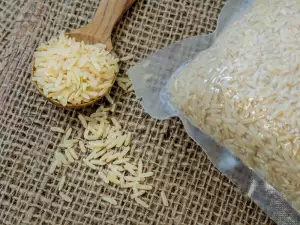
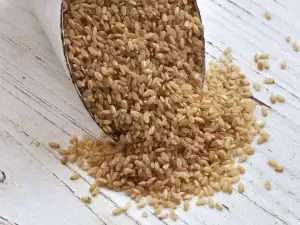
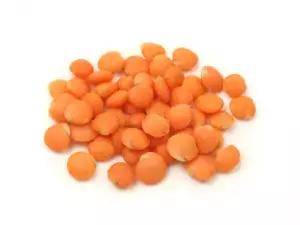
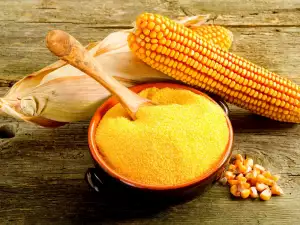


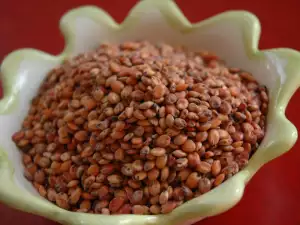
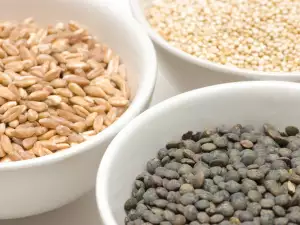
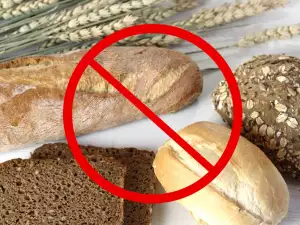



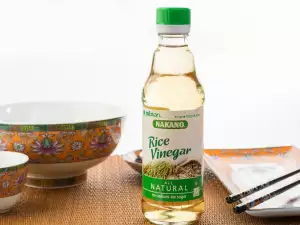
Comments